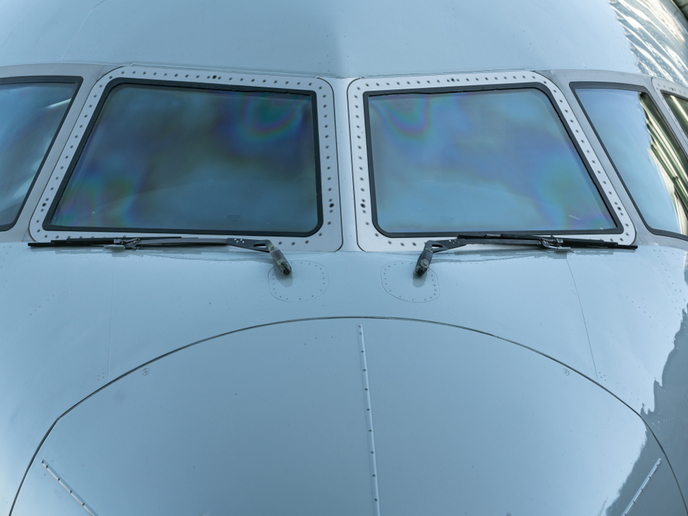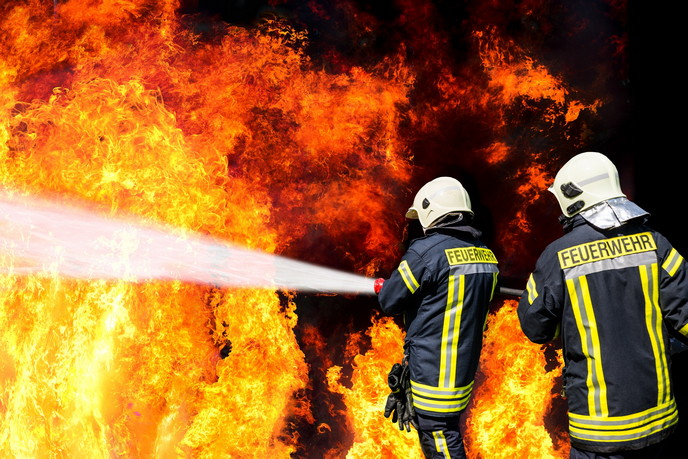Fibre optics for aircraft data networks
The copper wiring that forms the backbone of conventional aircraft data networks has evolved to meet needs. However, this evolution is accompanied by undesirable increases in bulk, weight and cost. Adopting terrestrial fibre-optic technology for aircraft applications would minimise these issues while increasing the modularity, flexibility and scalability of the network. EU-funded scientists initiated the project 'Developing aircraft photonic networks' (DAPHNE)(opens in new window) to pave the way. Aircraft systems consist of numerous nodes, multiple transmission distances (span lengths) and bandwidths that can differ depending on the information transferred. In addition, different information with different levels of criticality (design assurance levels) is typically physically segregated, increasing cabling requirements. With photonics technology, the same network can support channel segregation to deliver the required quality-of-service characteristics for each individual channel. Intensive research and development was supported by aircraft photonic network modelling tools adapted from commercial modelling software. Scientists delivered significant innovation at all levels consisting of the network, modules and photonic components. To speed certification and uptake, DAPHNE used a variety of commercial off-the-shelf hardware. A number of new aircraft photonic network elements and technologies were developed, including integration of structural health monitoring data transmission. Researchers also provided the first demonstration of the use of a differential global positioning system carried over fibre optics for aircraft attitude determination. The team developed modular housing recommendations proposed as a new standard series for the aircraft fibre-optic networks, including design of cables and connector interfaces. Finally, DAPHNE developed more than 20 photonics components for aircraft use, many of which were tested within the scope of the project. These included couplers and splitters modified to withstand the harsh aircraft environment. Scientists have provided important advances in techniques, reliability and standardisation of aircraft photonics networks devices and protocols. Work has led to about 50 presentations at more than 25 international conferences. The small field of aviation fibre optics has only two annual events worldwide and DAPHNE was an important contributor at both. Close ties with industry and standards organisations throughout the project should facilitate certification and market uptake of developed technologies.







